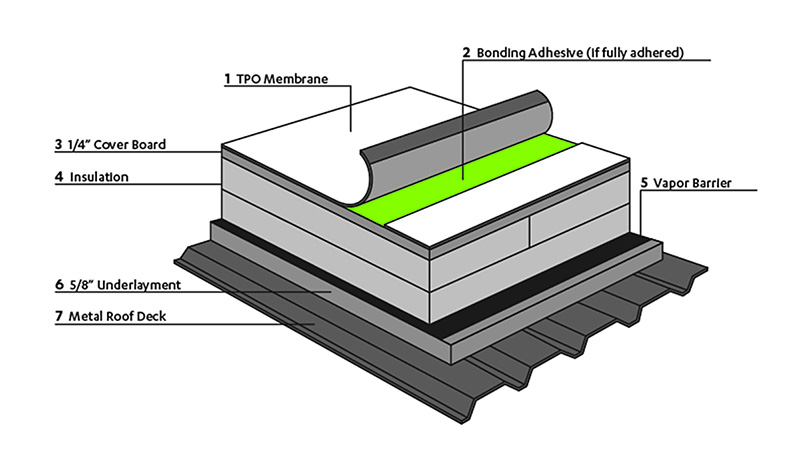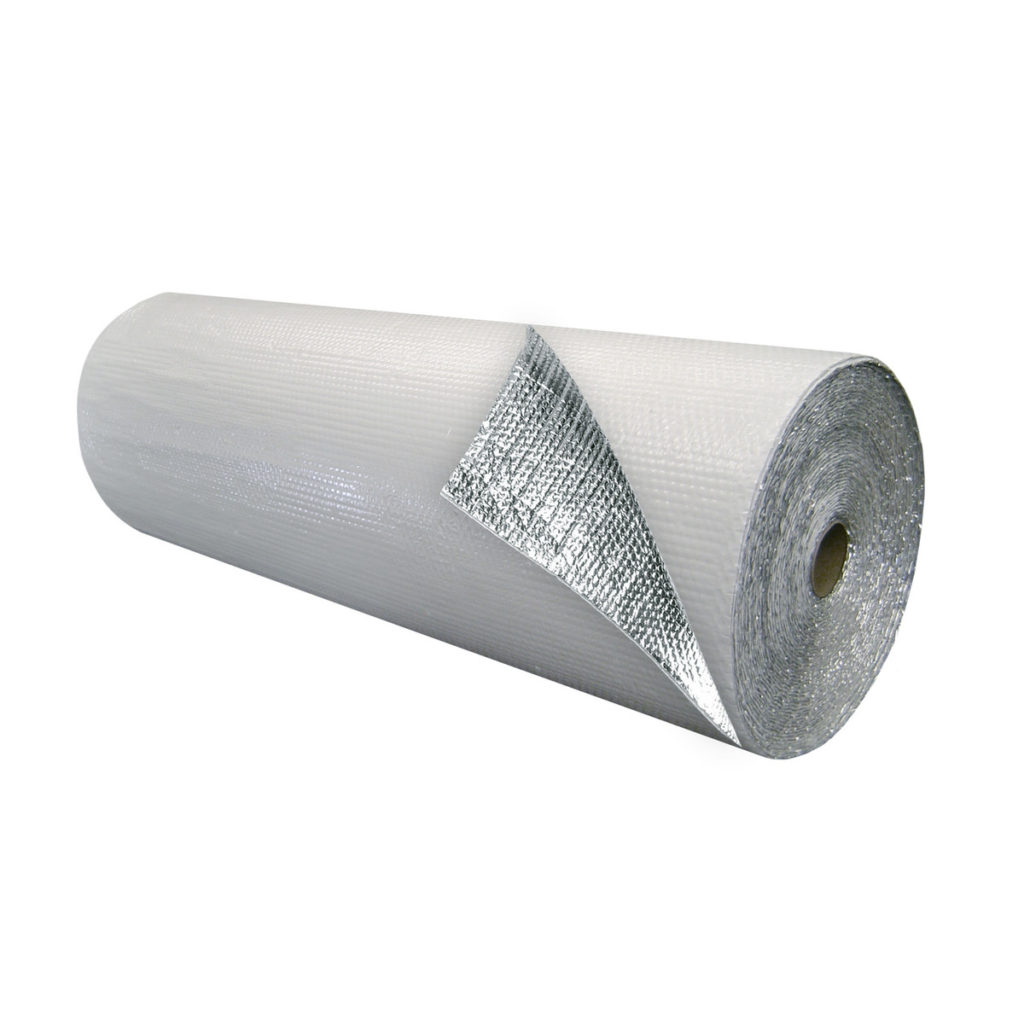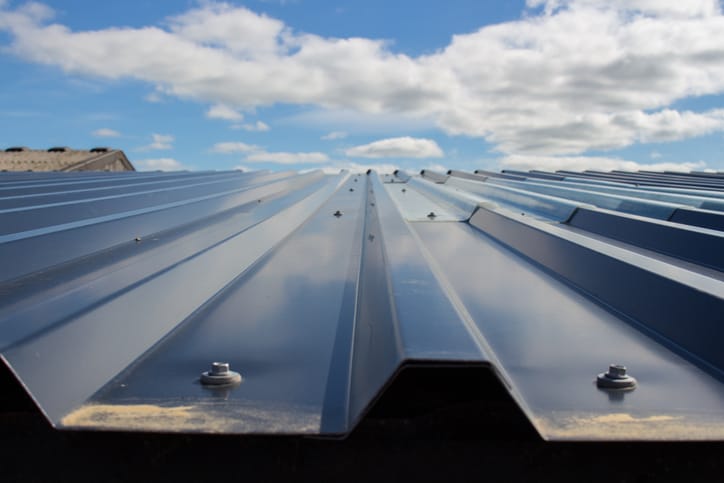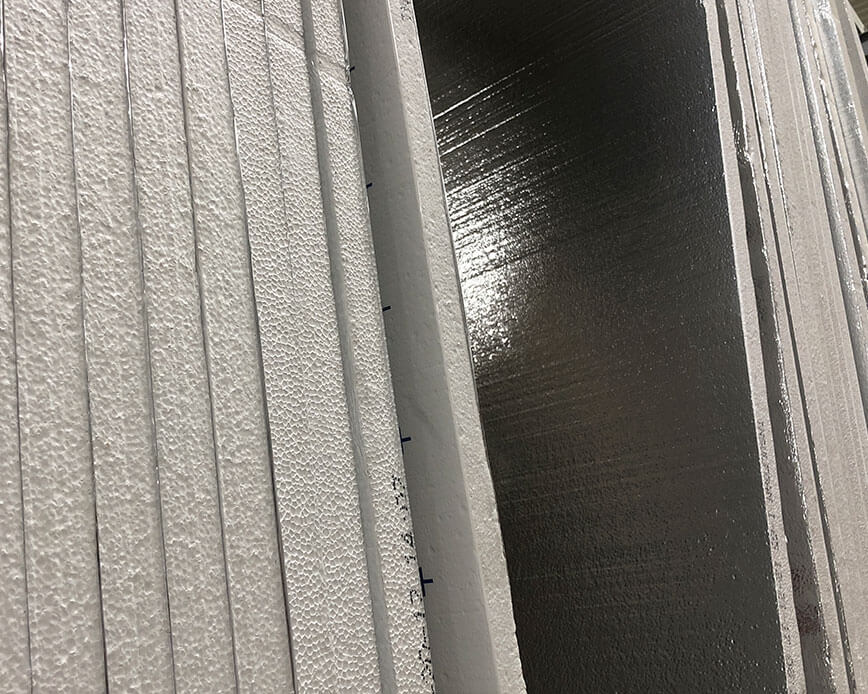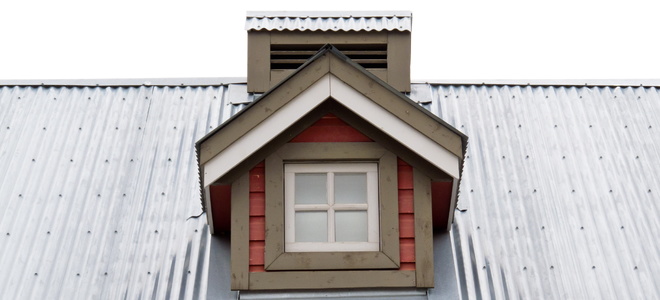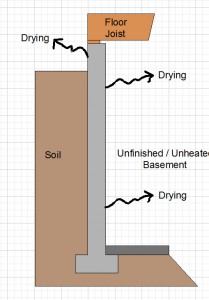This vapor if left unchecked can wet the insulation and over time will reduce the r value of the insulation and lead to mold.
Using fanfold underlayment for vapor barrier on steel roof.
But a preinstalled membrane may be even more effective at removing condensation.
A loose laid vapor barrier is just a big sheet of 6 mil plastic that is.
A vapor barrier can be loose laid or fully adhered.
Self adhering membrane underlayment sheet membrane roof underlayment consisting of either a rubberized asphalt or butyl based adhesive with a polyethylene carrier sheet is a peel and stick product designed to adhere to the roof deck.
It is applied under all other roofing materials as an added layer of protection from severe weather.
Fowler homes includes an option for upgrading to synthetic underlayment on every roof replacement we quote.
It serves as a moisture barrier as well as a slip sheet.
There are three main types of roofing underlayment.
Polyurethane spray foam metal roof insulation.
Do i need drip edge.
When and why condensation occurs inside buildings explains the problems caused by excessive indoor condensation explains how moisture enters building wall and ceiling cavities.
3 tab shingles vs architectural.
When hot roof construction is done a roof with no ventilation a breathable underlayment is recommended.
Make sure the product is designed to be used under metal.
Most of the synthetic sheet underlayment sold is vapor resistant and generally do not qualify as air barriers.
It will help you to eliminate problems that may come when the house becomes extremely cold in the winter and terribly hot in the summer.
This type of underlayment is critical to a quality roof installation.
In order to add moisture barrier under metal roof you can spray the undersides of the roof by using a thick layer of polyurethane spray foam.
Roofing underlayment is a water resistant or waterproof barrier material that is installed directly onto your roof deck.
The use of roofing felt or 15 pound felt as a building house wrap or vapor barrier and the permeability moisture problems and indoor condensation problems that may occur vapor barriers and condensation in buildings.
Traditionally we ve insulated the roof panel to try and keep the temperature on the panel from reaching the dew point.
Once again this is used on cold roof construction.
The vapor barrier protects the roof insulation from the vapor included in the interior air.
We ll add a vapor barrier so the moist air does not flow up through the insulation and condense on the roof.

